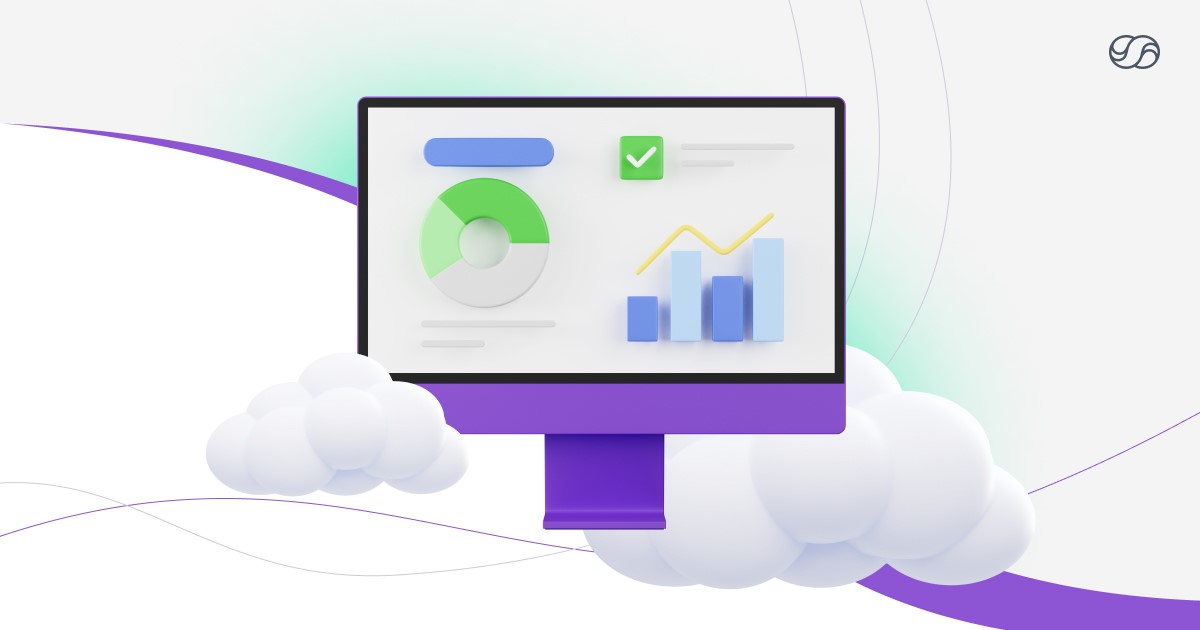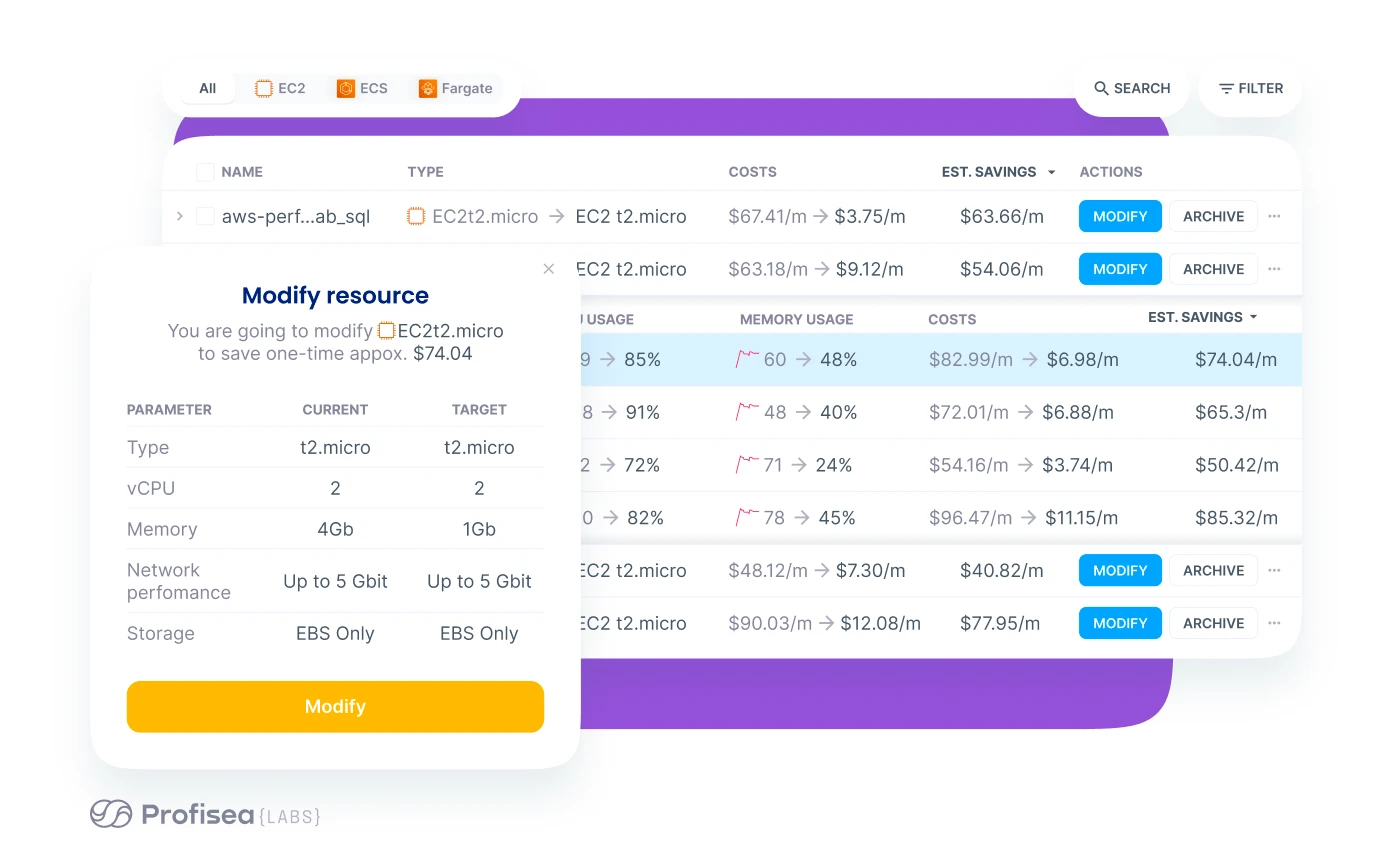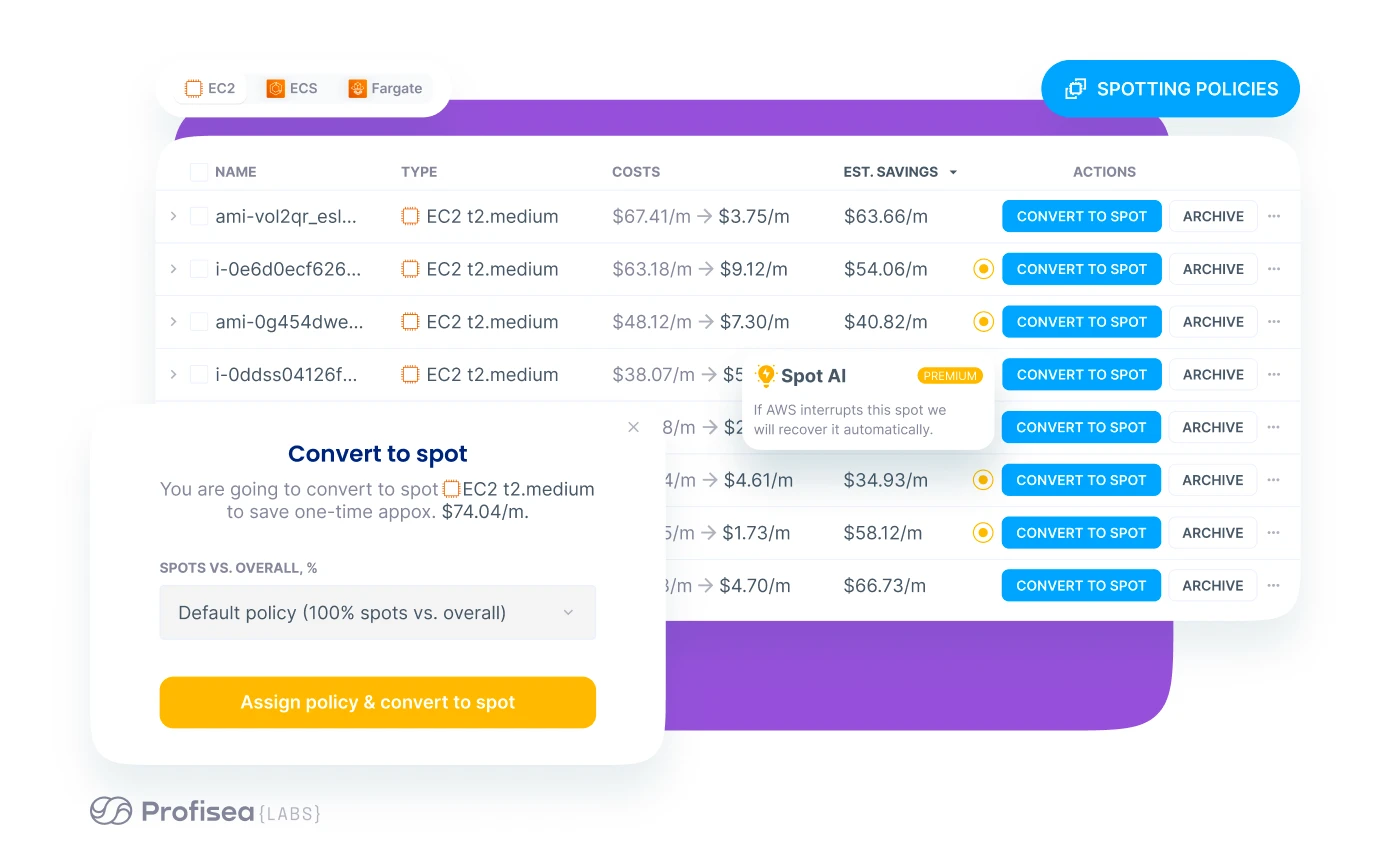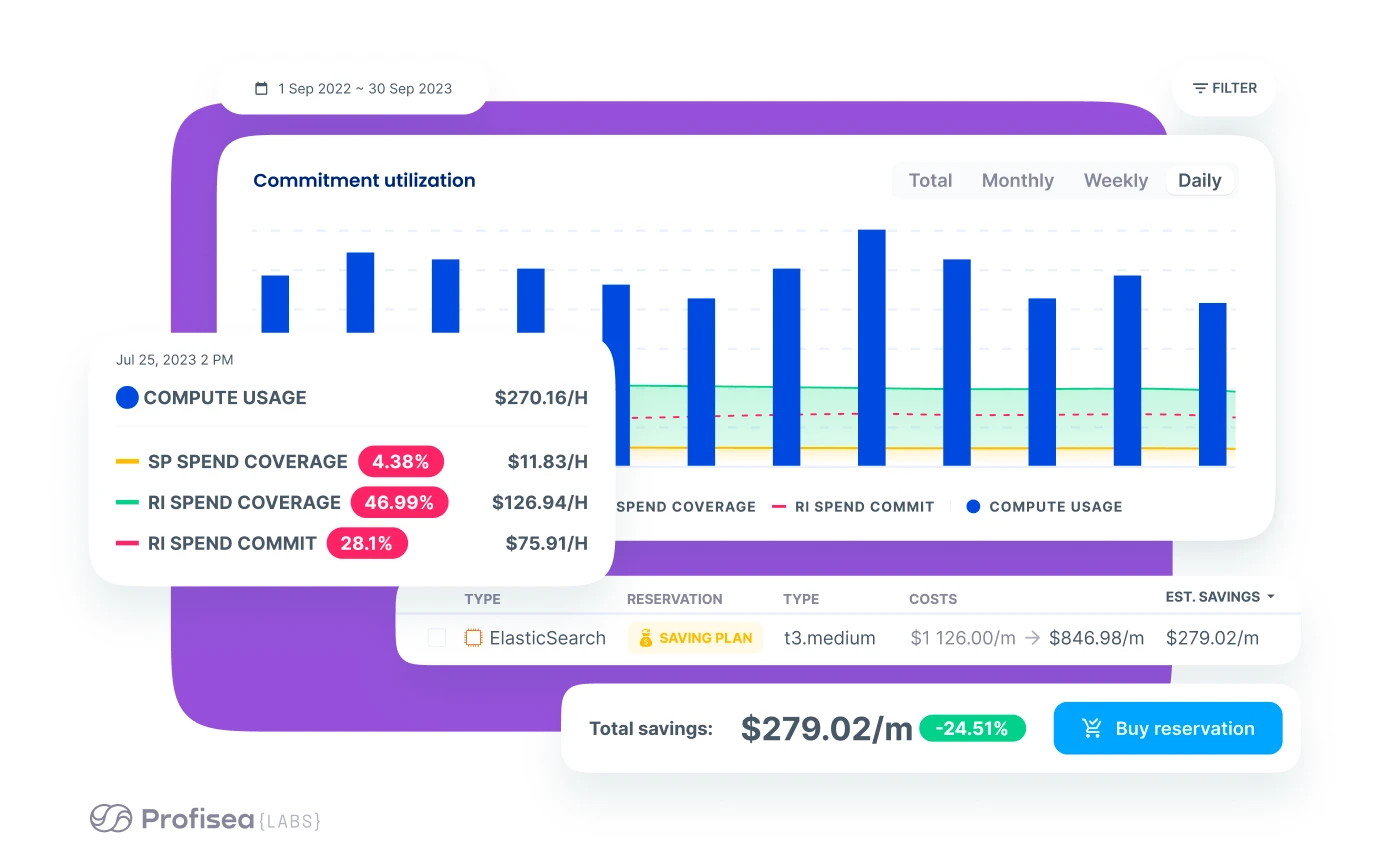
5 Effective FinOps Methods for Optimizing Your Cloud Costs
Are you effectively managing your business’s cloud costs? Surprisingly, than 30% of cloud spending goes
to waste. This is why companies are becoming increasingly cautious about their cloud costs, realizing that saved resources can open up new opportunities for product improvement and business growth.
Every year, new cost optimization initiatives, tools, and best practices emerge that, when properly implemented, can help you save valuable resources. In this blog, our team of FinOps experts has compiled a list of five methods to
reduce your cloud costs and boost your cloud infrastructure performance.
1. Audit your cloud usage and monitor anomalies.
Your cloud provider’s dashboard is a starting point for a thorough audit of your current cloud usage. Keep a close eye on any signs of underutilization. Resources that are consistently used are excellent candidates for Reserved
Instances and Savings Plans, which can significantly reduce expenses.
But you can also go beyond the limits of that dashboard by utilizing cloud visualization tools to gain strategic insights into your cloud infrastructure’s current state. These
tools can help you plan your next steps, troubleshoot issues efficiently, and easily scale your resources as needed.

To avoid wasting your cloud budget, it’s crucial to have continuous monitoring and regular evaluation of your cloud service’s performance compared to your planned expectations. Whether it’s misconfigurations, inefficient resource usage,
or malicious attacks, receiving alerts about such anomalies
is essential for understanding the reasons behind them and taking corrective action. To accomplish this, it is crucial to embrace a suitable cloud monitoring platform.
2. Eliminate obsolete data
Chances are that your company’s cloud contains a significant amount of obsolete data. Since you pay for capacity, it’s essential to develop a habit of deleting or deprecating resources that are no longer in use. Take a look at
instances, volumes, or containers that serve no purpose in your current projects. While Elastic Load Balancers are helpful for workload and traffic distribution, remember that you pay for them regardless of whether you utilize them or
not.
Fortunately, AI-based waste management solutions can help you identify the driving factors behind your cloud costs and pinpoint areas where waste is occurring. The sooner you address these issues, the greater the savings are, as quick
responses can save you thousands of dollars.

3. Automate resource scheduling
Cloud service providers typically work to a pay-as-you-go pricing model, meaning you are only charged for running instances. However, many instances don’t need to operate 24/7 or on weekends, yet they continue to run. It doesn’t make
sense to keep resources active and pay for them if they aren’t being utilized.
To address this, implement a resource scheduling policy. The goal is to detect when instances should start or stop running and schedule sleeping hours for resources that are not in use, thereby reducing your cloud costs. Cloud cost
optimization platforms with AI-powered scheduling capabilities can help you create the most optimal hibernation policy and ensure that you don’t pay for idle resources.

4. Balance performance, cost, and scalability
One of the primary advantages of cloud computing is its ability to flexibly adjust to your company’s requirements, whether scaling up or down. This eliminates the need to spend on excess capacity that may not be needed in the future.
The ultimate goal is to uphold optimal configurations for computing, storage, and networking while achieving peak performance and minimizing costs. By matching instance types and sizes to your actual workload capacity usage you could
easily save up to 75% on your cloud spend.

Amazon Elastic Kubernetes Service (Amazon EKS) streamlines the process of deploying and running Kubernetes on the
AWS infrastructure. However, as with any technology, if you fail to align your Kubernetes configurations with your business requirements, it’s quite simple to end up spending excessively on Amazon EKS.
The latest FinOps platforms utilize agentless solutions to determine the most suitable Amazon EKS configurations, making management, rightsizing, and scaling Kubernetes much easier and more closely matched to your changing needs. These
platforms
offer recommendations that enhance performance by eliminating wasted computing resources so you can effortlessly choose the optimal CPU/memory requests and limits to adjust your cloud resources.
5. Make the most of Spot Instances, Reserved Instances, and Savings Plans
Spot Instances are frequently the most budget-friendly choice for computing since they are discounted by up to 90% compared to pay-as-you-go rates. However, there is a caveat. Spot Instances can be terminated and reclaimed within a
remarkably brief timeframe, ranging from 30 seconds to two minutes. As a rule, spot mode should only be used for stateless, error-tolerant workloads or processes that can be stopped and restarted to avoid any issues with
mission-critical tasks.
By leveraging automated cloud management solutions, you can detect instances that can be converted to spots and minimize downtime through preventive system actions. It’s worth noting that only
a few FinOps platforms can provide comprehensive suggestions for creating spots across various AWS services.

Reserved Instances, in contrast, offer huge discounts of up to 72% compared to on-demand rates and so provide an excellent solution that is particularly cost-effective for critical applications that demand high availability and
predictable workloads. Another solution is to opt for a Savings Plan and commit to a specific amount of money rather than specific resources.
Savings Plans are limited to Amazon EC2, AWS Fargate, and AWS Lambda, whereas Reserved Instances can be used with almost all AWS services. Determining the optimal approach is dependent on your requirements and preferences. If you’re
uncertain about where to begin, you can experiment with Savings Plans initially to gauge their effectiveness for your situation. If everything aligns with your expectations, you can switch back to Reserved Instances.

Uniskai by Profisea Labs: optimize your cloud infrastructure while minimizing costs
By following the five methods listed above, you’ll take your cloud cost management to a whole new level! Even better news is that you can immediately start optimizing your cloud resources with
Uniskai!
Uniskai by Profisea Labs is a comprehensive AI-based cost optimization platform that provides timely cloud rightsizing recommendations to help you save up to 75%
on cloud spending. Our FinOps platform offers real-time visualization of your cloud resources as well as waste elimination, spending optimization, and immediate cost-saving strategies. We also provide security and performance
recommendations for cost-effective and productive cloud architecture operations.
Book a demo now if you have any FinOps or
DevOps-related questions. For added convenience, the Uniskai FinOps platform is also available on
AWS Marketplace to help you optimize your cloud infrastructure while minimizing costs.